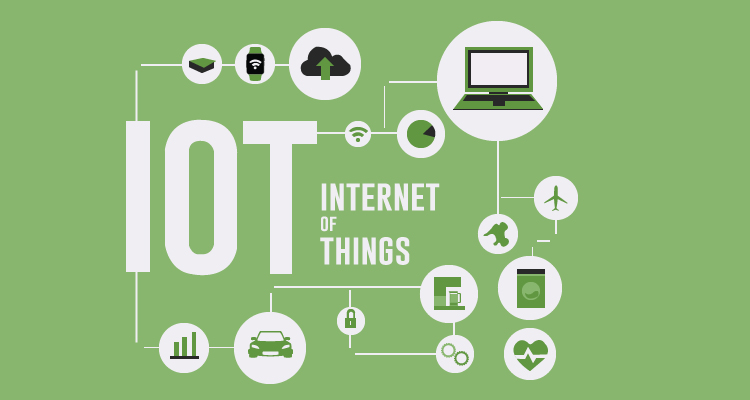The Internet of Things (IoT) is more than just a technology force that is changing how consumers interact with their homes and cars. It’s becoming an integral part of how businesses operate and make decisions. That includes the marketing function that will have multiple things to consider in regards to IoT like these eight thought-provoking areas and issues.
Table of Contents
Toggle1. IoT has the specific details on how to create engaging customer experiences.
The answers are in the IoT devices – from the wearables to the smart home hubs. The data found in these devices reveal everything about the customers that use them.
It’s a literal treasure trove that you should be mining to better understand your customers so you can design those engaging customer experiences based on what you learn about what, how, when and why they shop.
From there, you can better align what you are doing in terms of planning experiences for them.
2. IoT is only increasing customer expectations about personalization, response time, and convenience.
Be prepared to do even more than you are already doing to ensure that these experiences deliver immediate responses, satisfy the desire for on-demand features, and offers product or service solutions tailored directly to them.
If you don’t, these prospects will determine you are not worth their effort and they will drop you as fast as a location without WiFi for your competition that does deliver on their expectations.
3. IoT is creating a shift from screens to things like hubs and connection points.
With the potential for less people actually not looking at a screen (could that be possible?), that means you will have to change how you look at and plan content creation.
Instead, create more content that the bot connected to those IoT devices can cull. This could determine what they should relay to the customer.
This will change the amount of content and how it is written.
4. IoT is improving your omnichannel presence works and for the better.
Typically, most “need to know” articles are chock full of challenges, but there are plenty of opportunities on this list – and this is one of them.
It will be easier to have a single face to the customer since all marketing channels will be seamlessly connected. You’ll have less work to do here to ensure all the messaging gets out on every channel in a consistent way because essentially the IoT devices will be able to do that for you.
5. IoT is fueling competitive flames.
Okay, well back to the challenges that you will need to face as a CMO. The ability to get immediate contact through the IoT devices means that new competitors that enter your industry will make a beeline for your customer base and you may not even realize it.
Intensify your strategy to determine which customers are happy and which ones could bolt at any moment. Therefore, you can address their unhappiness before the competition contacts them through those connected devices.
6. IoT requires you bring in more talent that has a higher digital IQ.
This ever-increasing reliance on digital devices means you will have to reinforce your team with talent that has digital expertise and understands how to market across these devices.
Those skills sets will help you rise above the competition. That’s because this talent will give you the intelligence and know-how to protect that customer base. You will also be able to steal more from the competition that is still in the dark about IoT.
7. IoT demands you get connected or be left behind.
You’ll need to focus your company’s product and service development strategy on solutions that will integrate with the growing network of IoT devices.
If your products and services can’t plug in, then your brand will be left behind. Quickly research what your customers and target audience want so you know what it will take to adopt IoT. Perhaps they are still searching for something even after joining it. Find that out, too.
Fill that need after gathering the necessary marketing research and you’ll be miles ahead of your niche.
8. IoT still has room for doing things humanly with the data that is available. However, it will become more challenging over time.
IoT is rapidly speeding up and scaling what people can do with the data. However, it is moving so fast that it is difficult for marketers to disseminate all the information.
CMOs will need to rely more heavily on tools that will help them utilize this data efficiently. That way, they can still apply the benefits of human understanding to maintain that art to marketing. With the right technology in place, the marketing team can receive the IoT in a more decipherable format. As such, they can stay on pace to respond to the findings and act accordingly.
Conclusion
As a CMO, what you need to know about IoT includes opportunities and challenges that need your attention as of yesterday. That means it’s time to act.
You may think that the jury is still out on whether IoT will become adopted on a global base. While you are pondering that, IoT use is growing by the minute.













